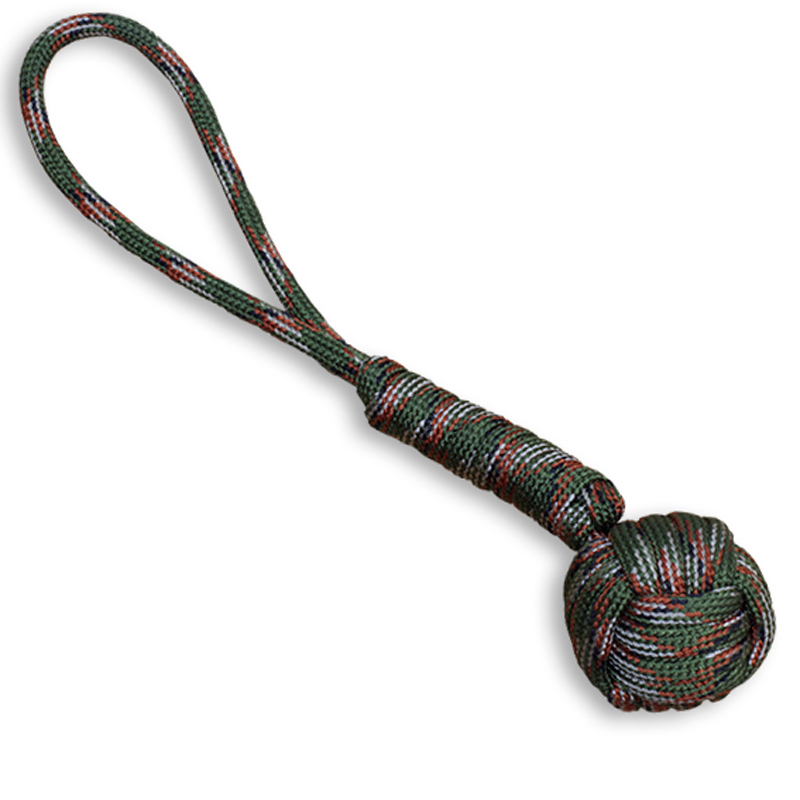
A face shield (personal protective equipment, or PPE) is a device that covers your entire face to protect it against various hazards. These hazards include road debris and flying objects as well as chemical splashes and infectious material. Protective shield against airborne pathogens
Protection against infectious airborne pathogens
Protecting your face against infectious airborne pathogens is possible with a face mask. Research has shown that the use of a mask to protect your face can help prevent you from getting infected. However, the effectiveness and risk of infection depend on the type of virus being inhaled. Although they offer greater protection than face shields for individuals, individual-use masks do not offer the same protection.

Types
Face shields come in many styles, from ones that only cover the forehead to those that protect the entire head. They can be purchased in smaller sizes to suit children. A Hong Kong manufacturer intends to sell these products via retail channels.
Comfortability
It is important to know the facts about face shields and the type of protection they provide before investing in one. A good face mask is designed to protect the user's skin from potential dangers such as germs, airborne particles, and dust. There are many options for face shields, and you should choose one that feels comfortable. Try it on to find out if it's comfortable.
Protective impact
A face-shield is a special piece of safety equipment, which offers additional protection for the eye and face. Most often, they are made out of clear material to increase visibility. They can absorb chemical hazards and deflect debris.
Efficacy
Face shields offer many benefits. They can be easily washed and reused for multiple purposes. They are less uncomfortable than masks and let users show their facial expressions. Face shields aren't restrictive or difficult to use with others.

Labeling
Labeling face shields is important because they are medical devices. It is not intended to be used as a fashion accessory. To avoid misunderstandings, labels should provide easy-to-read instructions about its use. Some labels include text and pictograms.
FAQ
Which is the best spot to practice self defense?
In your own backyard, self-defense is best. If you don't have enough space you can still practice elsewhere.
You can practice anywhere you like, including in a parking lot, a park, or in your living space. You just need to be alert and keep your eyes wide open.
You should never practice alone, this is extremely dangerous. Always practice with a partner.
Are there legal requirements to own a stungun?
In some states, you must show proof of training before you can own a stun gun.
Some states require that you register your stun gun with police.
You must notify law enforcement in other states if you move.
What does a stungun do to an attacker
The stun gun uses electricity in order to incapacitate the victim. The electricity causes muscle contractions, which stop them from moving. They can't fight back.
Stun guns typically work best when used on your neck or head.
The best way to use a stungun is to hit the victim's body until they become unconscious.
To scare attackers, stun guns can also emit high-pitched noises. These stun guns can be called TASERs.
Is it against the law to give a stun gun a child?
It all depends upon the child's age.
Below 18: No.
18+: Yes
You must make sure that minors understand the risks of having a stun gun.
They should only use it with adult supervision.
What are the benefits to martial arts training?
Martial arts training will help you to develop skills that can be used in any situation. They will make you stronger and faster. In addition, they teach you how to deal with different types of attacks.
They also improve your confidence level. Feeling safe makes you more relaxed and less stressed.
They can also be beneficial for your health. Research shows that exercise can improve your overall health.
How to stay safe if you aren't physically able to protect yourself?
If you are not physically able to defend yourself from an attacker, then you should find someone who is.
You may have to ask for help. It may be necessary to dial 911. However, if you wait to act, you might die.
Your local shelter for domestic violence can be reached as well. Safety planning classes are offered by many shelters to help women protect themselves.
Statistics
- Most likely, the person will want some kind of boxing match, so if you can out-box them, this would be 100% ideal for survival. (budodragon.com)
- Verbal harassment was the most common form, but 51 percent of women said they were touched or groped in an unwelcome way, while 27 percent of women survived sexual assault. (healthline.com)
- Some people walk into a gym thinking they are going to become the best by training whenever they like and not putting 100% effort in. (budodragon.com)
- In a January 2018 survey of 1,000 women nationwide, 81 percent reported experiencing some form of sexual harassment, assault, or both in their lifetime. (healthline.com)
External Links
How To
How to Survive a Home Invasion
Home invasion can be a frightening thought, especially if there are children involved. When we began our home security system installation journey, we didn't realize we'd live through it ourselves. Here's the information we've gleaned so far.
-
Do not let your children see the attackers. Our children were upstairs sleeping when two men entered our house. They were kept downstairs until the police arrived. Although our children weren't injured, they were traumatized enough.
-
Lock all valuables. In our bedroom, we keep valuables safe. Even if someone is able to break into the house they won't have access.
-
Keep an eye out on burglars. Our neighborhood is known for its high number of burglaries. We keep a look out for suspicious people and cars.
-
Have A Backup Plan. If something happens, our family will be taken over financially. If necessary, we have a plan for leaving the country.
-
Prepare. Be prepared in case you are ever forced to defend your own life. Be prepared with food, water, as well as other supplies.
-
Call 911 First. Call 911 immediately after finding out someone is breaking into your house. It's better to call the authorities than to wait for them to break down your door.
-
Use Common Sense. Do not allow anyone to enter the house if they aren't welcome. You should not invite strangers to your home.
-
Ask for help from your neighbors or other people in the area. If you feel uneasy, call friends or neighbors. They will be able to watch your back and call the police.
-
Stay Calm And Do As Instructed By Police Officers. Keep calm and follow the instructions of officers. Do not run away from officers or resist arrest.
-
Take photos of all evidence. Photograph all evidence you find during the investigation. This includes fingerprints, blood samples and other items.
-
Local Law Enforcement. You can file a police report even if nobody was hurt. You may be able to prevent other crimes.
-
Contact the Insurance Company Immediately. Get in touch with your insurance company immediately. You can tell them all about what happened and they will send an adjuster out to assess the damage.
-
Your personal belongings should be removed. Be sure to get rid of personal belongings before you leave. Take off expensive jewelry and keep it safe.
-
Keep Yourself Clean. Take care of yourself. Clear away trash and broken glass. Make sure that all doors and windows are securely locked.
-
Don't Talk About What Happened. Do not talk about what happened to anyone. You never know who might try to use this information against you later on.